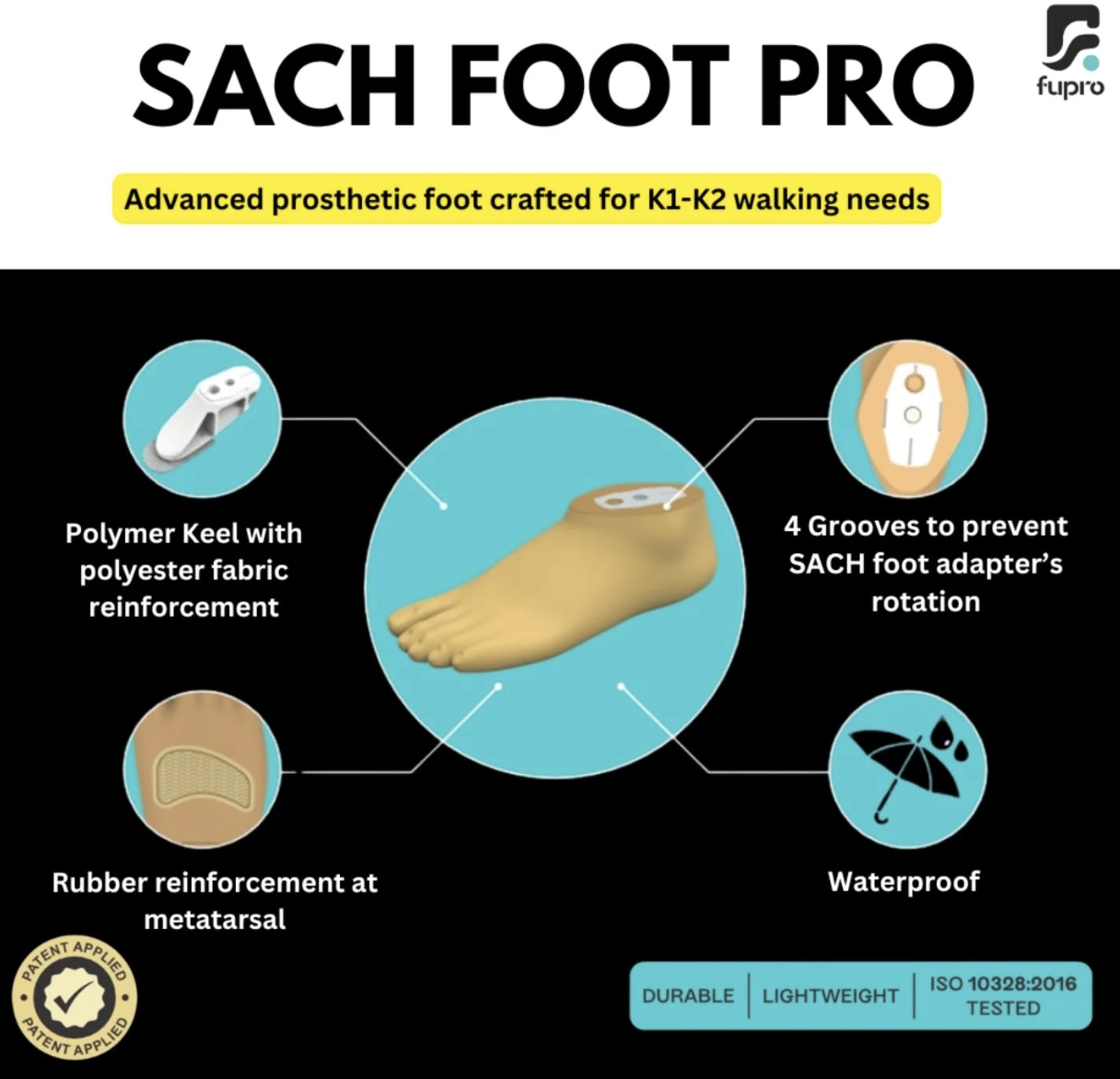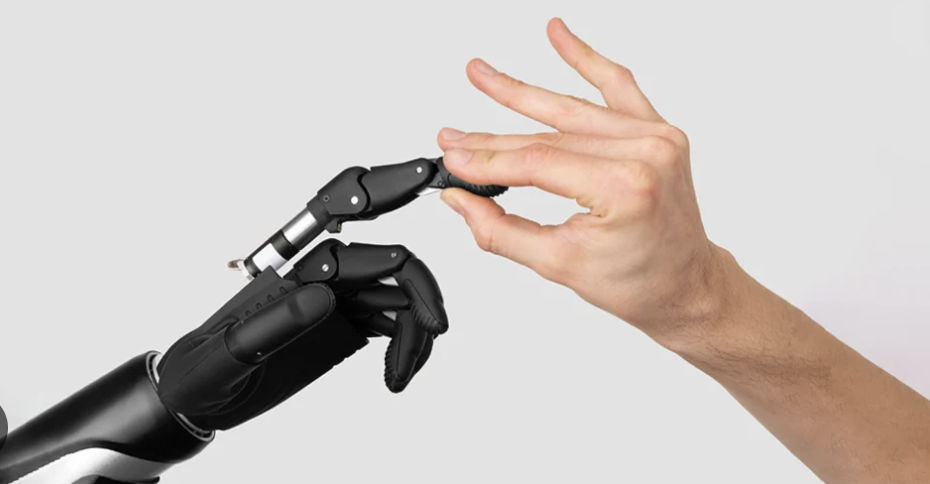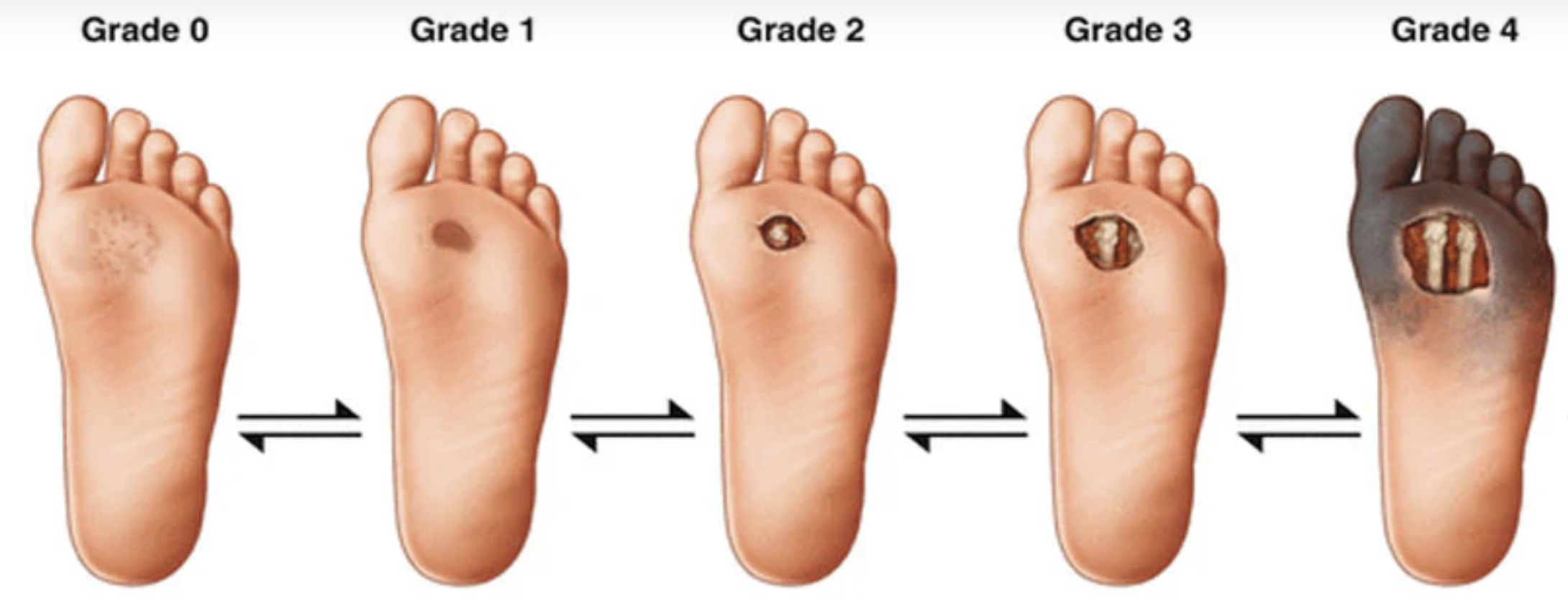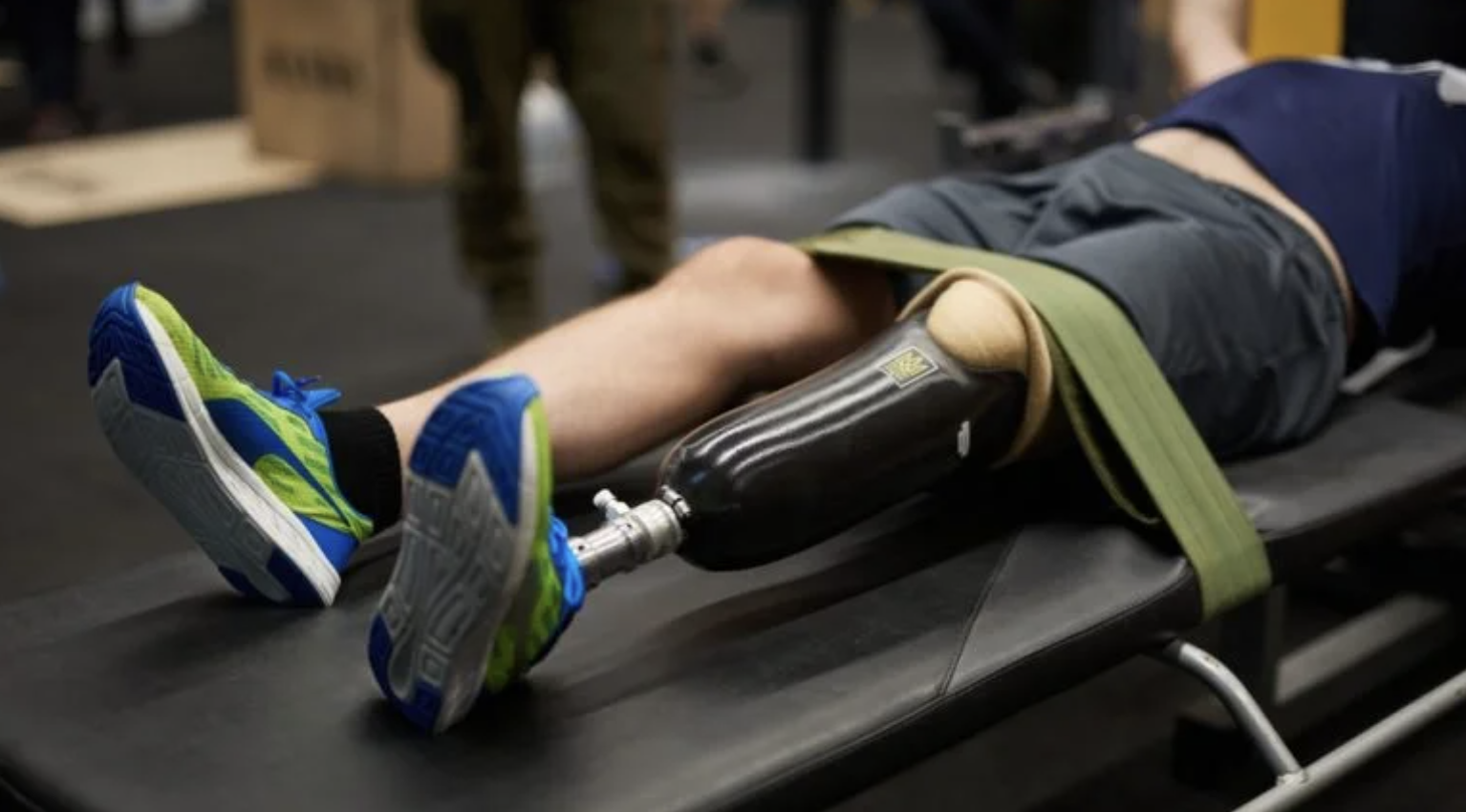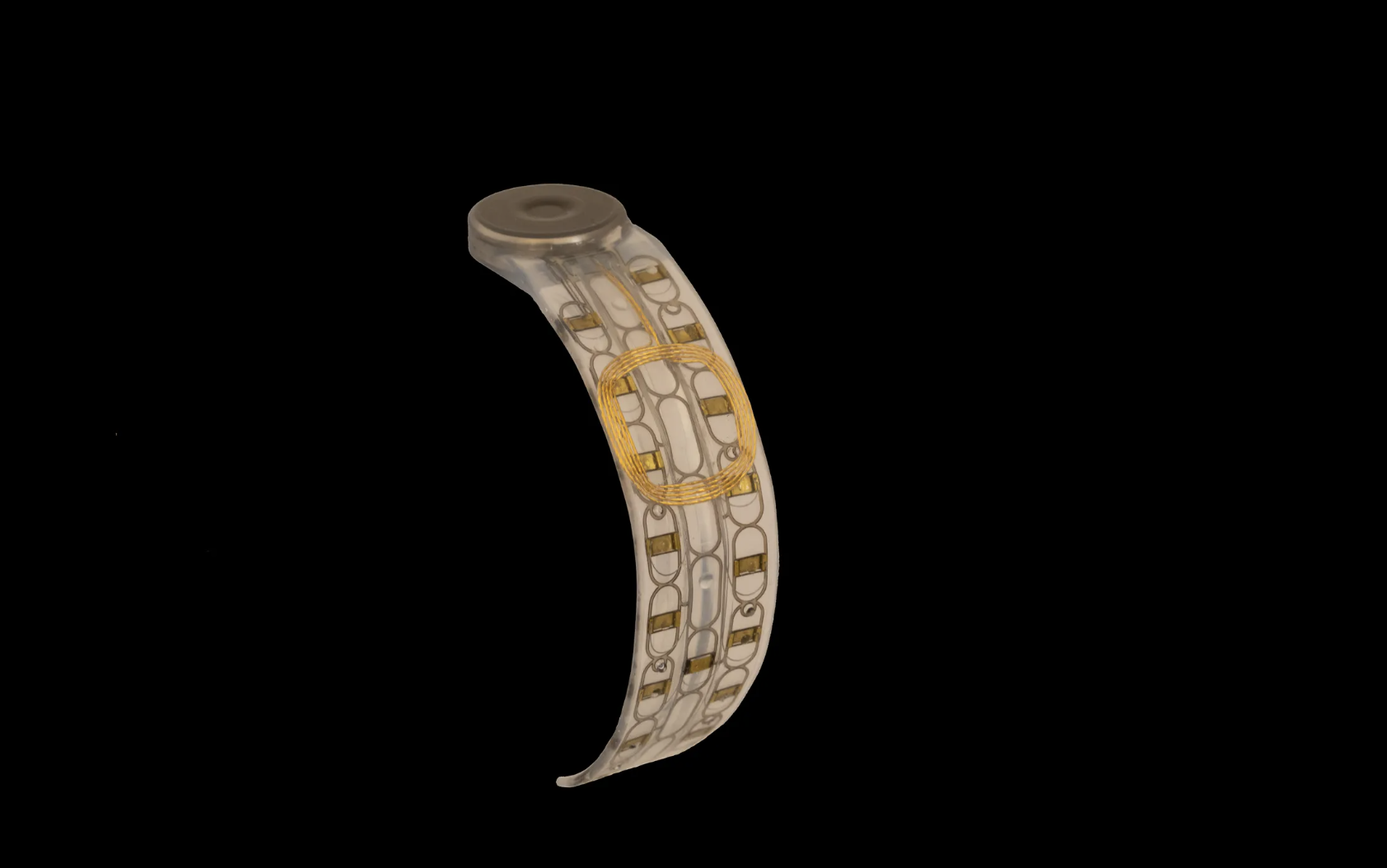In a study of phantom limb pain, researchers investigated phantom motor execution and phantom motor imagery facilitated by extended reality as treatment and found pain reductions in both groups. Extended reality includes virtual reality (VR) and augmented reality (AR). The multicenter, double-blind, randomized controlled trial was conducted in nine outpatient clinics across seven countries.
Eighty-one participants with phantom limb pain were randomly assigned to phantom motor execution or phantom motor imagery training. In the phantom motor execution treatment, myoelectric signals were recorded from the residual limb and decoded in real-time to execute tasks in VR/AR environments. Participants controlled the virtual environment using phantom movements and received real-time feedback on their performance.
In the phantom motor imagery treatment, participants imagined performing movements while observing them autonomously executed in VR/AR environments. Myoelectric signals were recorded to monitor potential muscle contractions (rather than decoding motor volition as in phantom motor execution).
The primary outcome measure was the change in phantom limb pain, measured by the Pain Rating Index, from baseline to treatment cessation. Secondary outcomes included various aspects related to phantom limb pain, such as the rate of clinically meaningful reduction in pain.
The researchers found that phantom limb pain decreased by 64.5 percent and 68.2 percent in the execution and imagery groups, respectively. Thirty-seven participants (71 percent) in the execution group and 19 participants (68 percent) in the imagery group experienced a clinically meaningful reduction in pain.
Positive changes were recorded in all other outcomes, without group differences. Pain reduction for phantom motor execution was larger than previously reported.
The researchers initially hypothesized that phantom motor execution would be superior to phantom motor imagery and noted that despite the hypothesis not being confirmed, both methods, aided by extended reality, are likely to offer meaningful relief of phantom limb pain to most patients.
The open-access study, “Extended reality used in the treatment of phantom limb pain: a multicenter, double-blind, randomized controlled trial,” was published in the journal Pain.


